The longer I work in this business the more convinced I am that everything comes down to this – BELIEF.
I would start by saying that once people have absolute belief in what you are telling them, you then have the ability to positively influence them.
You need to be able to convince them
And convincing (or influencing them) does not have to have negative connotations.
This concept is not limited to selling school enrolments either. This concept sells anything and everything.
You may have a new concept to sell to your staff. Perhaps a new direction in learning and teaching?
This article will mostly refer to selling school enrolments – but as always, take the concepts and use them anytime you need to sell or influence.
Now, my expectation is that you genuinely believe that your product (which is your school) is the best school in the world (at the minimum in your local area) and you know it has the ability to positively change the lives of the families you have. Am I correct?
For that reason – you have every right to push hard (and smart) to serve as many of those families as you can. Because it means you can positively change the lives of a greater number of people.
If you don’t believe the above statement to be true – you are going to struggle in your sales process. And fair enough too. Your lack of passion and belief will be evident.
Secret 1: Passion Sells!
You need to have the passion and energy exploding out of you – about how great your school is – to create the belief required to secure the sale.
The passion and the energy will create the belief – and when you have the person/s that you are presenting to believing you – they will more often than not give you the opportunity you are asking for.
When I am on tour through our schools and crafting messages with the principals – I often ask them what their ‘baby’ is.
I want to know the key things that get them out of bed every morning – the things that grind their gears.
For some principals, it’s curriculum, for others its wellbeing. Some principals love data and some just love building relationships with students and parents.
I really like to find out what the ‘baby’ is because that is usually the thing that brings out the twinkle in the eye that I desperately want to see when building the sales and marketing package for them.
And to me, it’s not really important what the ‘baby’ is – it’s more important how big the twinkle in the eye is, how much it animates the voice. How fast the hands start moving and how big the smile is when they are talking about it.
Why?
Because that is passion – and passion creates belief. And creating belief sells. Every time.
I have sat with principals on numerous occasions and been brought to tears hearing the story of their school – spoken with such passion (yes, I am a bit of an emotional guy).
But it’s really important to not underestimate the impact that passion and energy have on other people. It seriously has the ability to move people in a way that is difficult to define.
And a lack of passion and energy works exactly the opposite way. It kills belief and ruins sales.
So let’s look at some other secrets to selling – and building belief in your product.
Secret 2: The One-Thing
I have written a full blog post on the “one-thing” previously but it’s too important not to give a quick summary again:
A fellow named Perry Belcher, a pioneer in sales and marketing decided to do a huge study and investigated all of his sales offers and presentations over the previous 10 year period.
He looked at the conversion rates of those offers and the structure of the offers.
He concluded that if he was trying to make his prospective clients believe more than “
His advice for marketers and salespeople was to look at the number of things your prospects have to believe in order to buy. If it’s more than
So – how do you pick your one thing?
I would start by saying your one thing should be aligned with your purpose.
In the case of selling school enrolments – your one-thing should be your measure of success for each child. An overarching statement that reflects your mission or purpose for those children.
An example would be that your school is: ’the very best foundation for a life of sustained happiness’, or ‘the very best foundation for a life of sustained success’.
As I wrote about in a previous blog post on the ‘one-thing’, it will be different for each school and will reflect the type of school community you are.
Once you have identified your ‘one-thing’ you will then pick 3-4 of the biggest strengths of your school that will back up that one thing.
e.g.: student focussed staff, strong curriculum results, tight-knit community, excellent learning facilities
Whatever strengths you choose, they are there to back up your one-thing – so keep drawing those strengths back to your one-thing to keep the message you are selling streamlined and simple to understand.
Secret 3: Oversimplification
Have you had the experience of listening to someone tell a story and it feels like they are putting you to sleep with it?
In your mind, you are trying to
Then some people can tell the same or similar story and they completely draw you in and feel like you were actually there experiencing it all with them.
Well, there are many reasons for this but one that we need to talk about now is
Now, imagine if you were in a sales process with someone and they were selling you a product but they were using language that was so far over your head.
I don’t know about you – but when that happens to me I’m far less likely to buy their product because the risk is too high that I’ll be making a bad buying choice.
When I buy something, I want to understand what it is that I am buying. I don’t have to know the in’s and out’s in detail but I want to feel as though I have a bit of a handle on it.
If the salesperson bombards me with industry jargon and does not talk to me on my level he/she has lost me – and lost my sale.
I will usually move on and buy the same product from another company that has a salesperson that connects with me at my level.
Now the skill of a salesperson is to subtly work out where the ‘buyers’ level is and then use appropriate language from there.
I like asking some general questions first – because within 2-3 sentences I will be able to work out the level of understanding they have. I’ll then modify my language to suit.
This might sound hard to believe, but when delivering your messages in a sales process you need to speak at about a third-grade level.
This is challenging for most of us – particularly when we are talking about a subject we are an expert on. We like to use sophisticated words so we sound intelligent.
But the sales process is not the place to do this.
People are used to digesting information at a third-grade level. If you watch the news or any other prime-time media coverage, they actually simplify the message to this level.
This is a
So –
Secret 4: the “kinda-like bridge”
Sometime in your sales process, you are going to have to talk about complicated ideas.
That is fine – there is a way to do this where you will not be overwhelming your ‘prospective families’ and killing your sales.
I use something called the ‘kinda-like’ bridge to overcome this.
I learned about the ‘kinda-like’ bridge off internet marketing guru Russell Brunson – and it works so well.
Every time I run into a word or a concept that is above 3rd-grade level – I try to stop and think about how I can relate the message to something they already know or can easily
For example, at Digital Schools we have done away with websites – because they are a thing of the past and we now use smart-sites.
Now, unless you have been following our work you wouldn’t have any idea what a smart-site is.
If I didn’t stop and explain to you what a smart-site is after I mentioned it in the sales process then there is going to be a big problem.
The smart site is one of the 3 cornerstones to what we do (along with automation and video production).
It’s pretty important you are crystal clear on what a smart-site is then!
You are also highly likely to tune out to everything else I say if I don’t stop and take the time to break it down for you.
So, here is how I explain smart-sites to some people.
A smart-site is ‘kinda-like’ a very good restaurant.
There is a host (or hostess) who greets you at the door and takes you to your seat. They then offer you a menu, point out the specials board and sometimes make a recommendation. They ask if you would like to start with drinks, they bring you those drinks and then they come back and take your order. They bring you your food, offer you more drinks and at the end ask you if you would like dessert. Finally, they offer you the bill and thank you for coming and wish you a nice evening.
A traditional ’website’ on the other hand (which is what all schools and most businesses still have) has no host or hostess. You have to find your own seat, find the menus yourself, go and hassle the chef to order, pick up the food off the service bench when it’s ready. You don’t get offered drinks, dessert or the bill. You have work the whole thing out yourself.
From a business point of view – which restaurant is selling more product?
Well, we all know the answer to that!
The restaurant that is offering its customers exactly what they need at exactly the right time with perfect levels of service, attention, and care.
As a side note, this is now possible online – with Digital Schools’ revolutionary technology and enrolment ‘smart-site’ system.
So, anytime you are talking (or writing) and a come across a concept or idea that people may not understand what you are trying to convey – just say it’s “kinda-like …” and relate it to something that is easy to understand.
It will keep your presentation entertaining, engaging and simple to understand and follow.
Conclusion:
Sales in all about creating belief. There are so many strategies that go into creating belief but if you follow these 4 strategies you will find a huge increase in your sales conversions and ability to lead and influence with even great power and potency that you currently have.
Try them out
About Digital Schools
Digital Schools provides tailored online education, website design, digital marketing and engagement strategies for primary schools throughout Australia. For more information, please reach out to our friendly team.
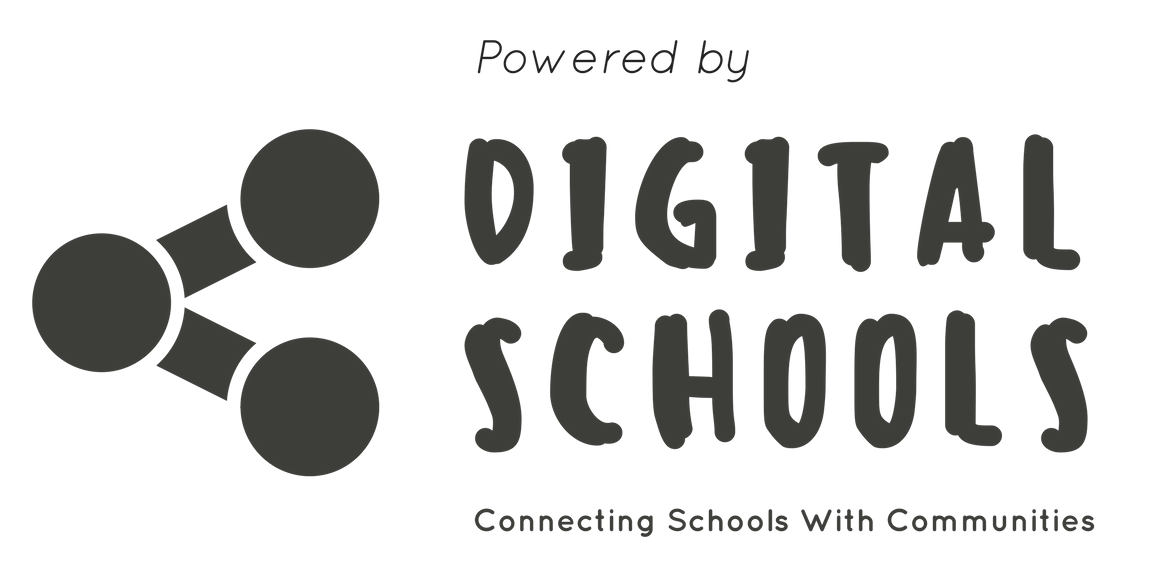

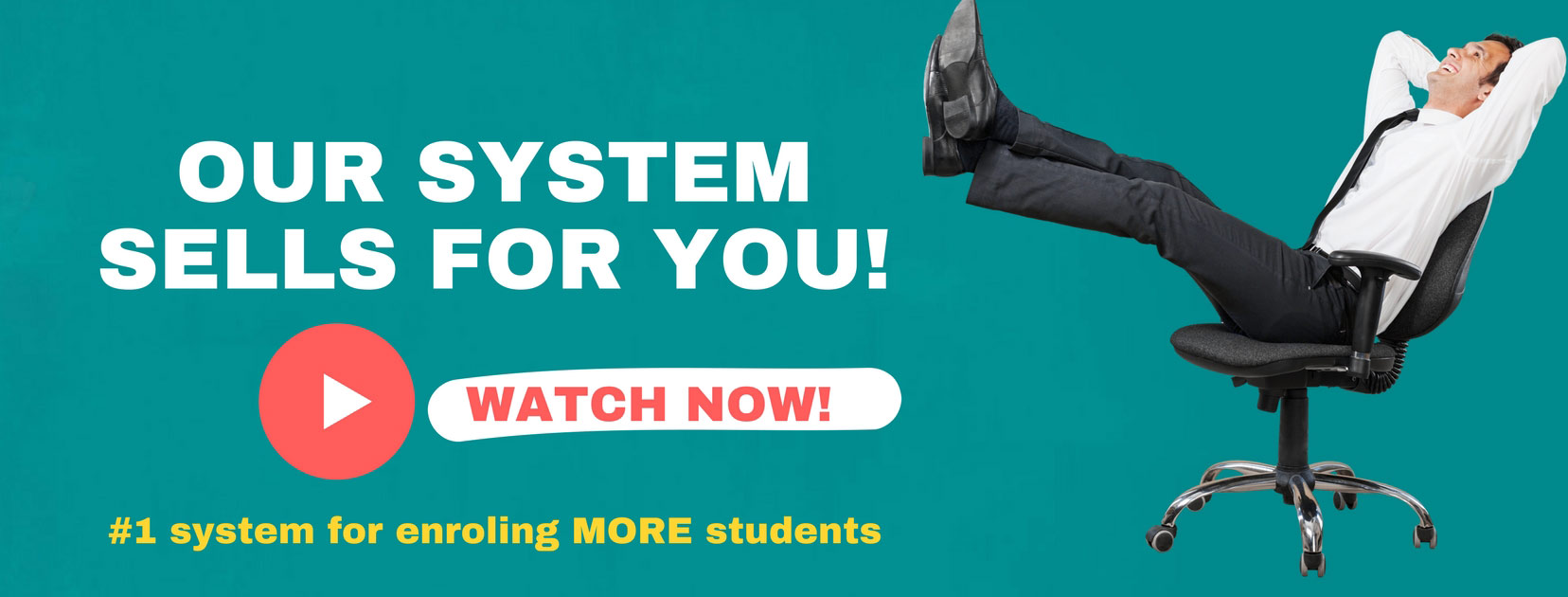
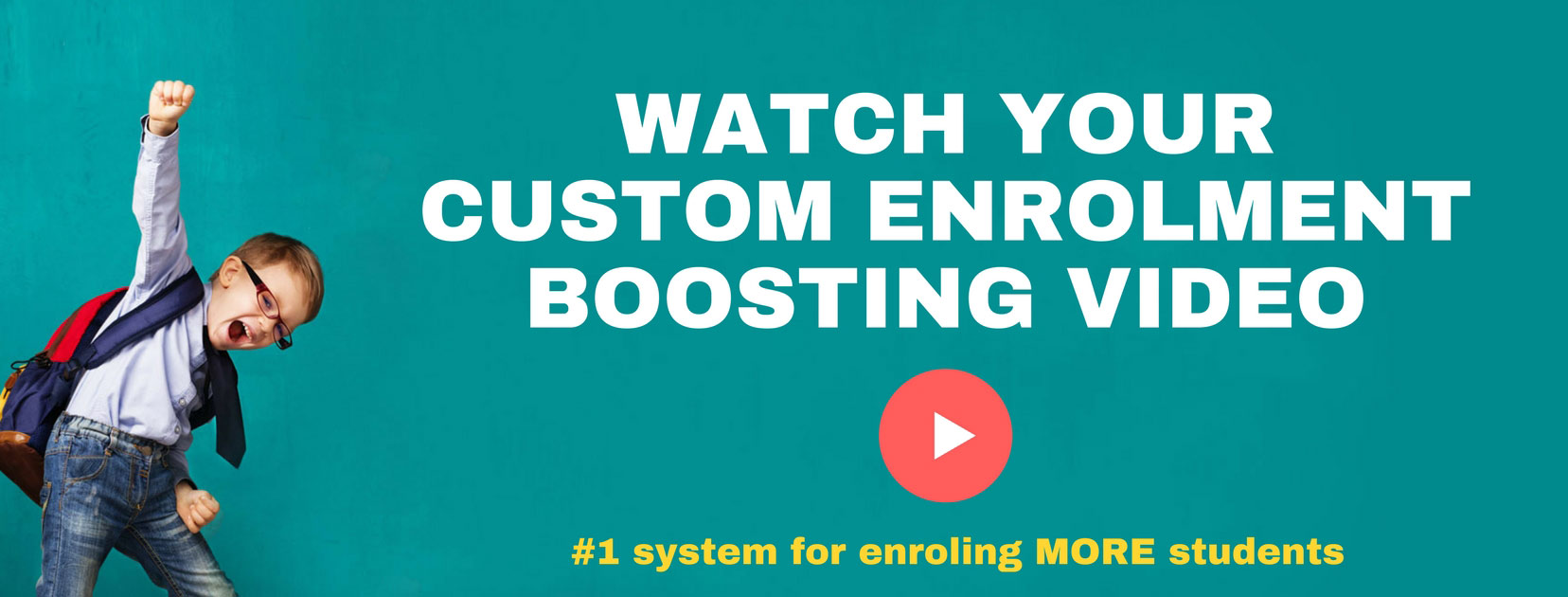
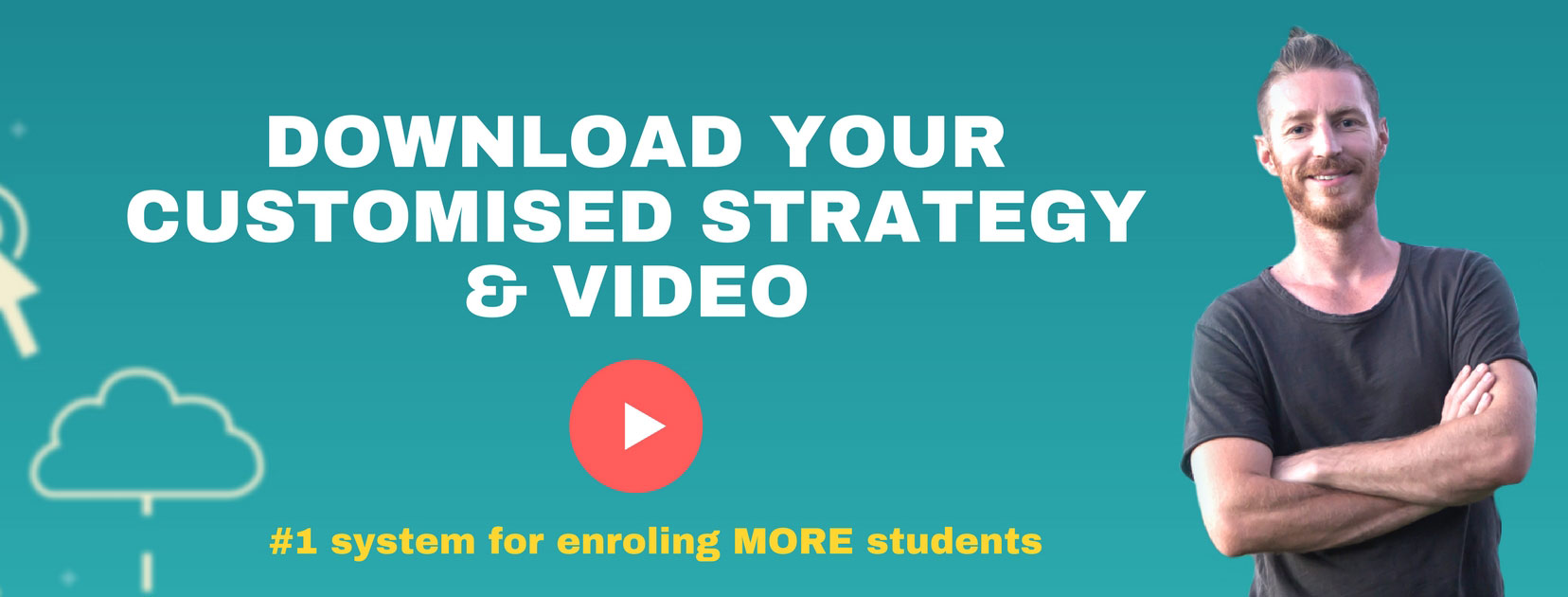
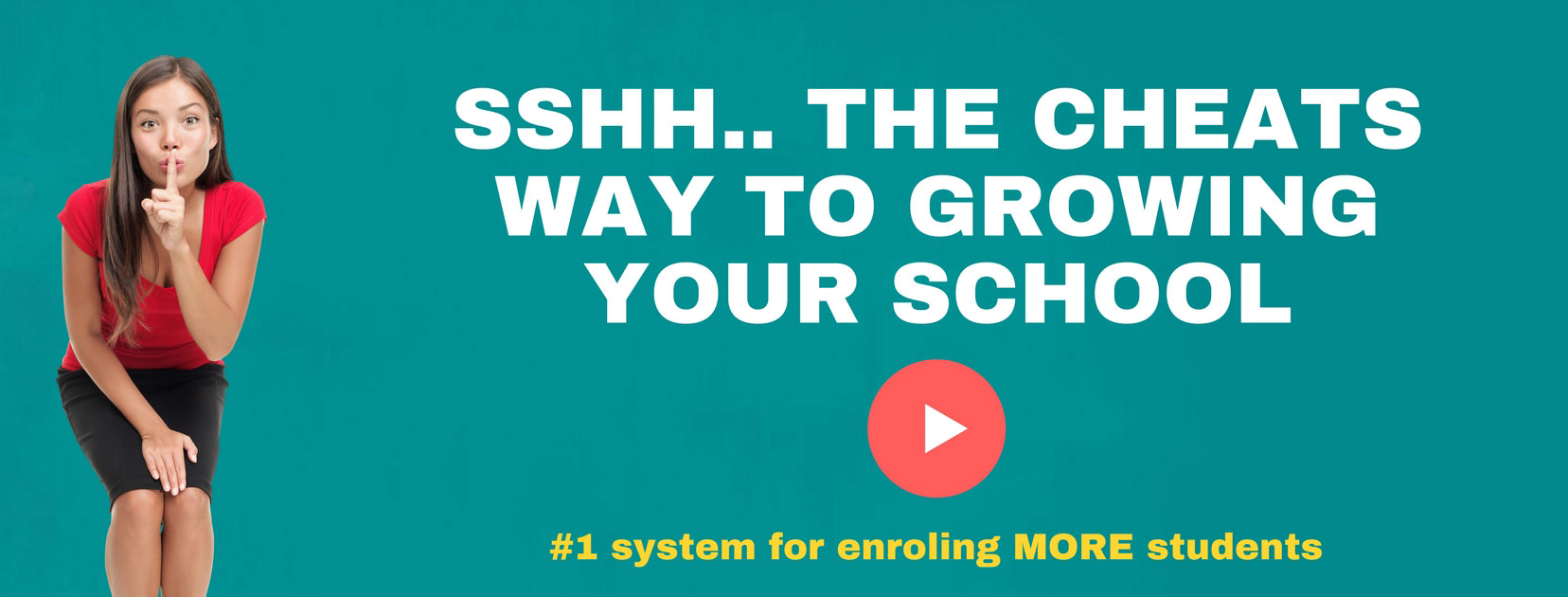
Recent Comments